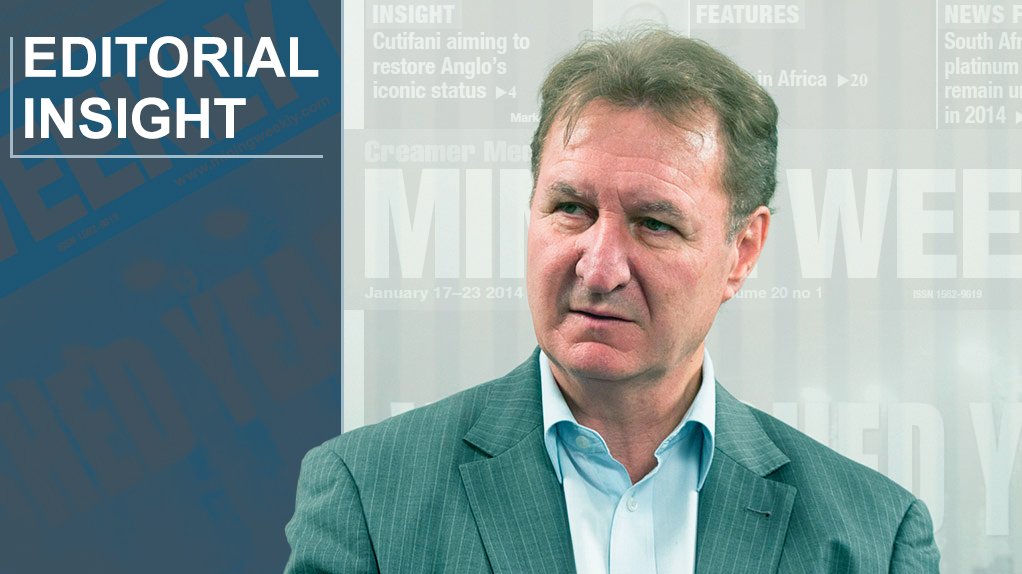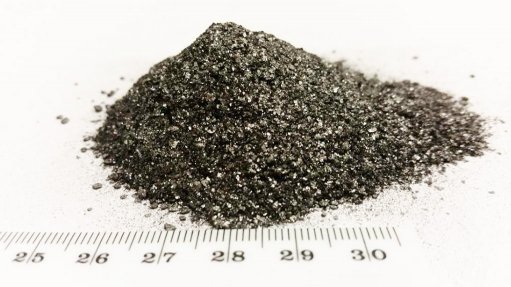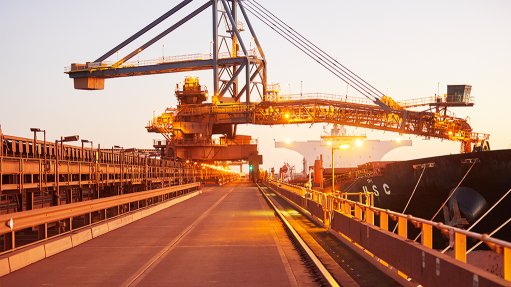Curse turned blessing
There was a time when THE Beatrix gold mine’s methane gas was considered a curse. Between 1983 and 2001, it killed 40 employees. Because the killer gas is normally associated with coal mines rather than gold mines, its presence in a hard-rock precious metals environment 40 km south of Welkom had many scratching their heads.
The methane is said to arise from the Karoo rock formations below the gold seam.
With the highly explosive gas becoming a free electricity-generation fuel, the curse has become something of a blessing.
Instead of being brought to surface and flared, temporary power services company Aggreko and Sibanye Gold have worked together to deliver an alternative power source at a time of acute South African power shortage.
The gas is released naturally underground and Sibanye environmental engineering manager Dirk van Greuning has for long wanted to turn it to account, which has now happened by way of a rental contract with Aggreko.
To address variations in flow, quality and quantity, a gas accumulator acts as a reservoir balancing out peaks and troughs in gas supply and a methane sensor alerts the system to changes in gas consistency to allow the generators to intuitively adapt to any changes in gas quality.
As Mining Weekly reported in 2013, the five-million-reserve-ounce Beatrix – a Johannesburg- and New York-listed Sibanye group gold mine – was targeting an initial 2.4% self-sourcing of its electricity requirements and planning to extend that to 4.8% over time, at a cost per kilwatt hour considerably below the Eskom power tariff.
At that time, Beatrix was reportedly paying 57c/kWh for the 82 MW of Eskom power and the expectation was that it would be receiving the methane-fired power at a 33%-lower 37.44c/kWh. Beatrix had also been earning carbon credits for flaring.
In 2010, Gold Fields, out of which Sibanye was unbundled, became the world’s first gold mining company to sell certified emissions reductions (CERs), the financial securities used to trade carbon emissions, at a time when CER projects in Africa made up fewer than 2% of the total number of projects that the Clean Development Mechanism had registered.
It is understood that 1 900 ℓ of methane a second is needed for every megawatt of power generated.
The building from 2011 of the flare infrastructure on surface required a capital investment of some R42-million, with gas transported over a 3.6 km distance.
The Journal of the Southern African Institute of Mining and Metallurgy in December 2011 cited as major benefits the removal of more than half of the total volume of methane gas and the reduction in the risk of methane-related incidents.
The journal outlined how the methane was released into the mine atmosphere in the course of normal mining operations, during which it was diluted by ventilation air to below its explosion limits, before being released into the atmosphere through the mine’s ventilation shafts.
The system, it said, was equipped with flashback arrestors, which isolated the surface main flare installation and the underground system from the main shaft column.
Self-closing valves at monitoring positions, the journal added, slammed shut if any operating conditions were breached and preset alarm levels activated strategically placed shut-off valves in emergency situations.
Comments
Press Office
Announcements
What's On
Subscribe to improve your user experience...
Option 1 (equivalent of R125 a month):
Receive a weekly copy of Creamer Media's Engineering News & Mining Weekly magazine
(print copy for those in South Africa and e-magazine for those outside of South Africa)
Receive daily email newsletters
Access to full search results
Access archive of magazine back copies
Access to Projects in Progress
Access to ONE Research Report of your choice in PDF format
Option 2 (equivalent of R375 a month):
All benefits from Option 1
PLUS
Access to Creamer Media's Research Channel Africa for ALL Research Reports, in PDF format, on various industrial and mining sectors
including Electricity; Water; Energy Transition; Hydrogen; Roads, Rail and Ports; Coal; Gold; Platinum; Battery Metals; etc.
Already a subscriber?
Forgotten your password?
Receive weekly copy of Creamer Media's Engineering News & Mining Weekly magazine (print copy for those in South Africa and e-magazine for those outside of South Africa)
➕
Recieve daily email newsletters
➕
Access to full search results
➕
Access archive of magazine back copies
➕
Access to Projects in Progress
➕
Access to ONE Research Report of your choice in PDF format
RESEARCH CHANNEL AFRICA
R4500 (equivalent of R375 a month)
SUBSCRIBEAll benefits from Option 1
➕
Access to Creamer Media's Research Channel Africa for ALL Research Reports on various industrial and mining sectors, in PDF format, including on:
Electricity
➕
Water
➕
Energy Transition
➕
Hydrogen
➕
Roads, Rail and Ports
➕
Coal
➕
Gold
➕
Platinum
➕
Battery Metals
➕
etc.
Receive all benefits from Option 1 or Option 2 delivered to numerous people at your company
➕
Multiple User names and Passwords for simultaneous log-ins
➕
Intranet integration access to all in your organisation




















